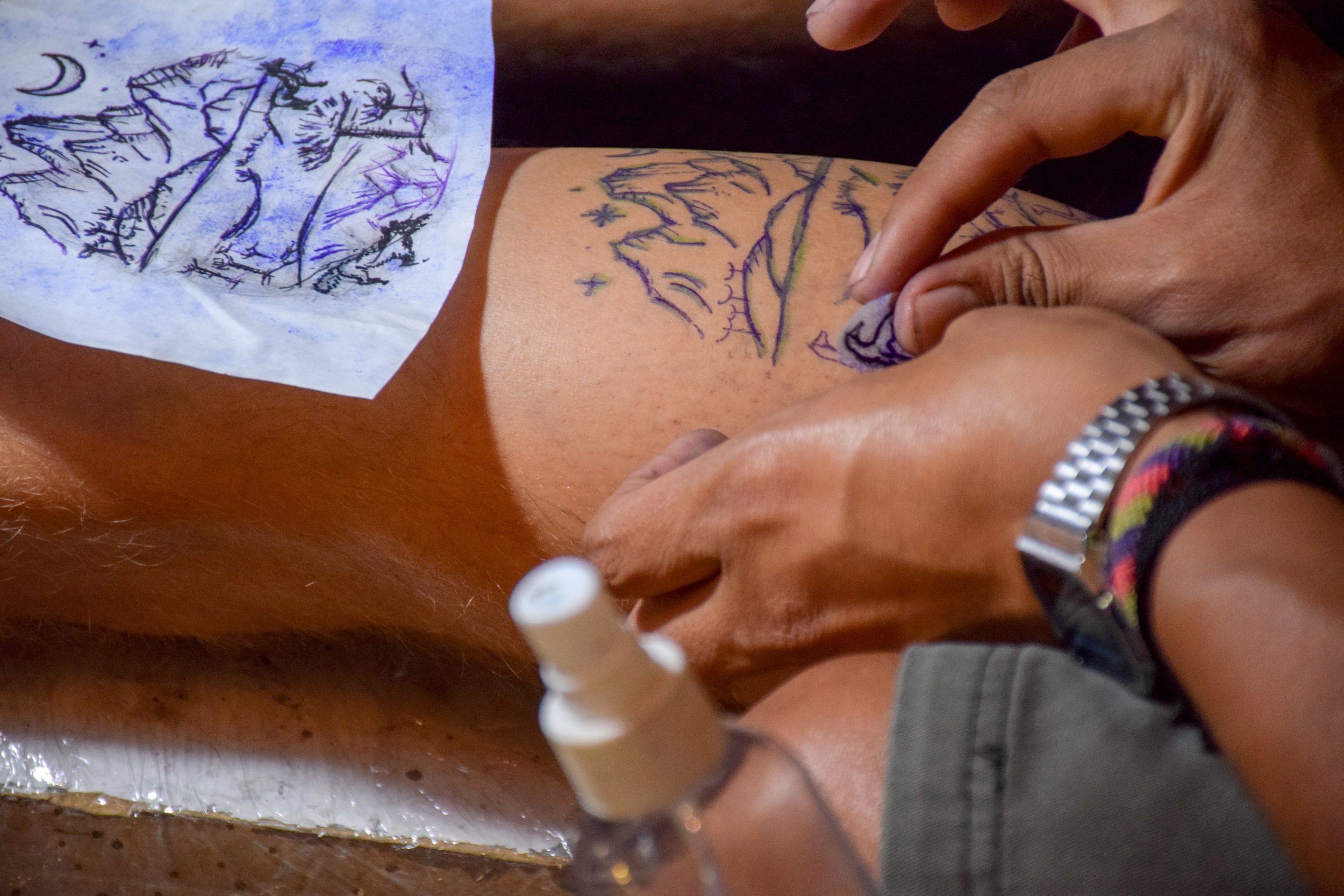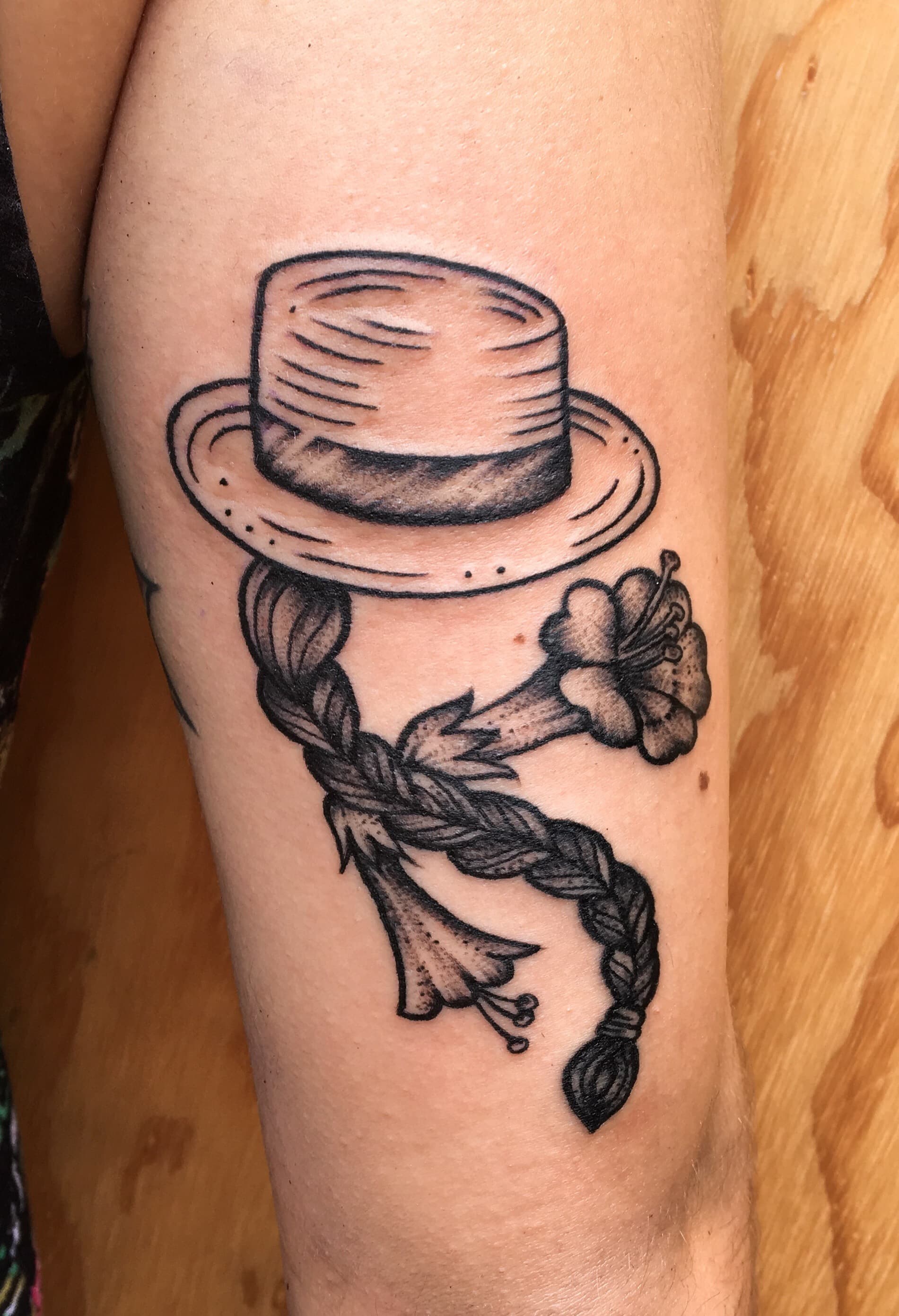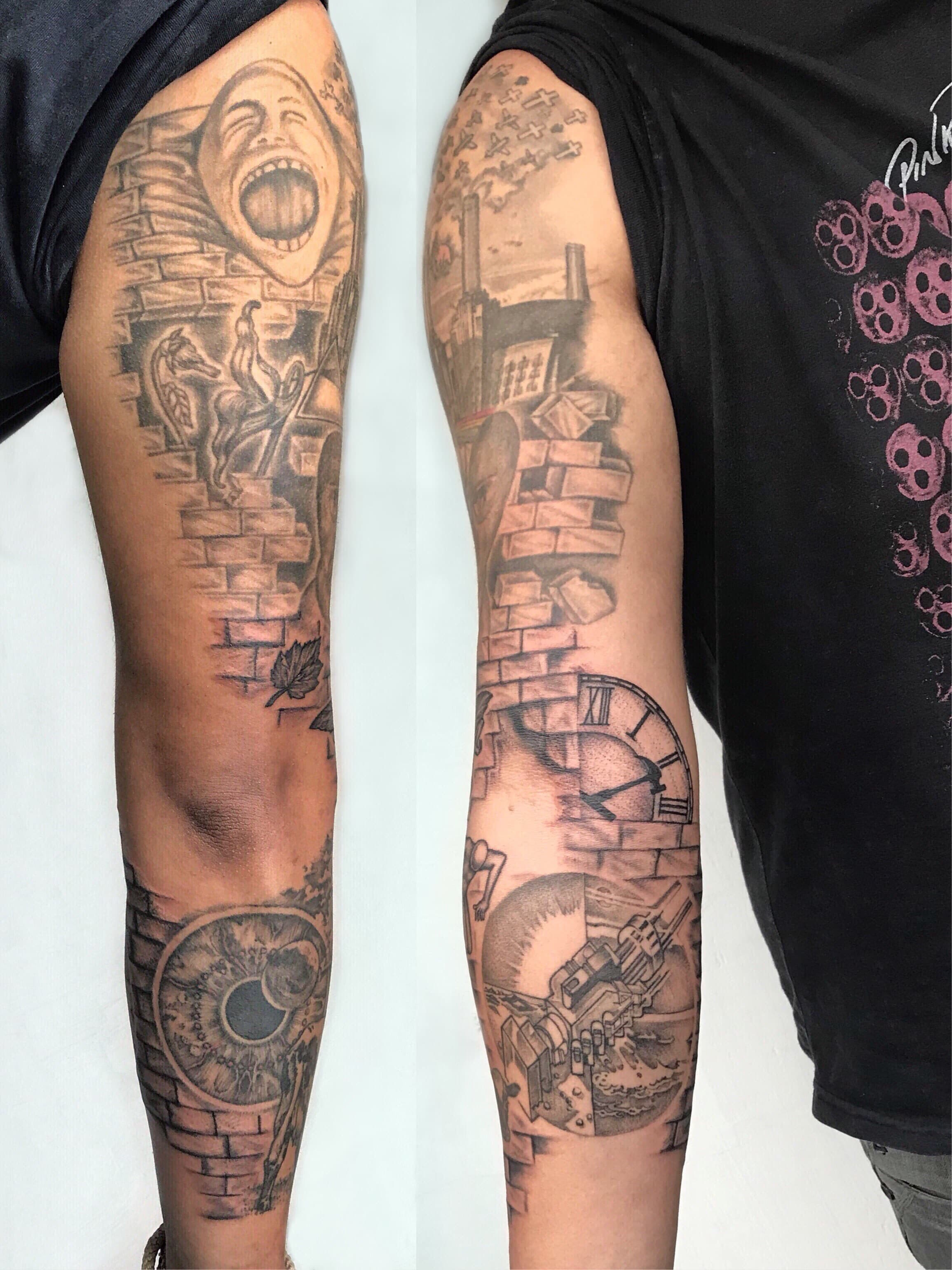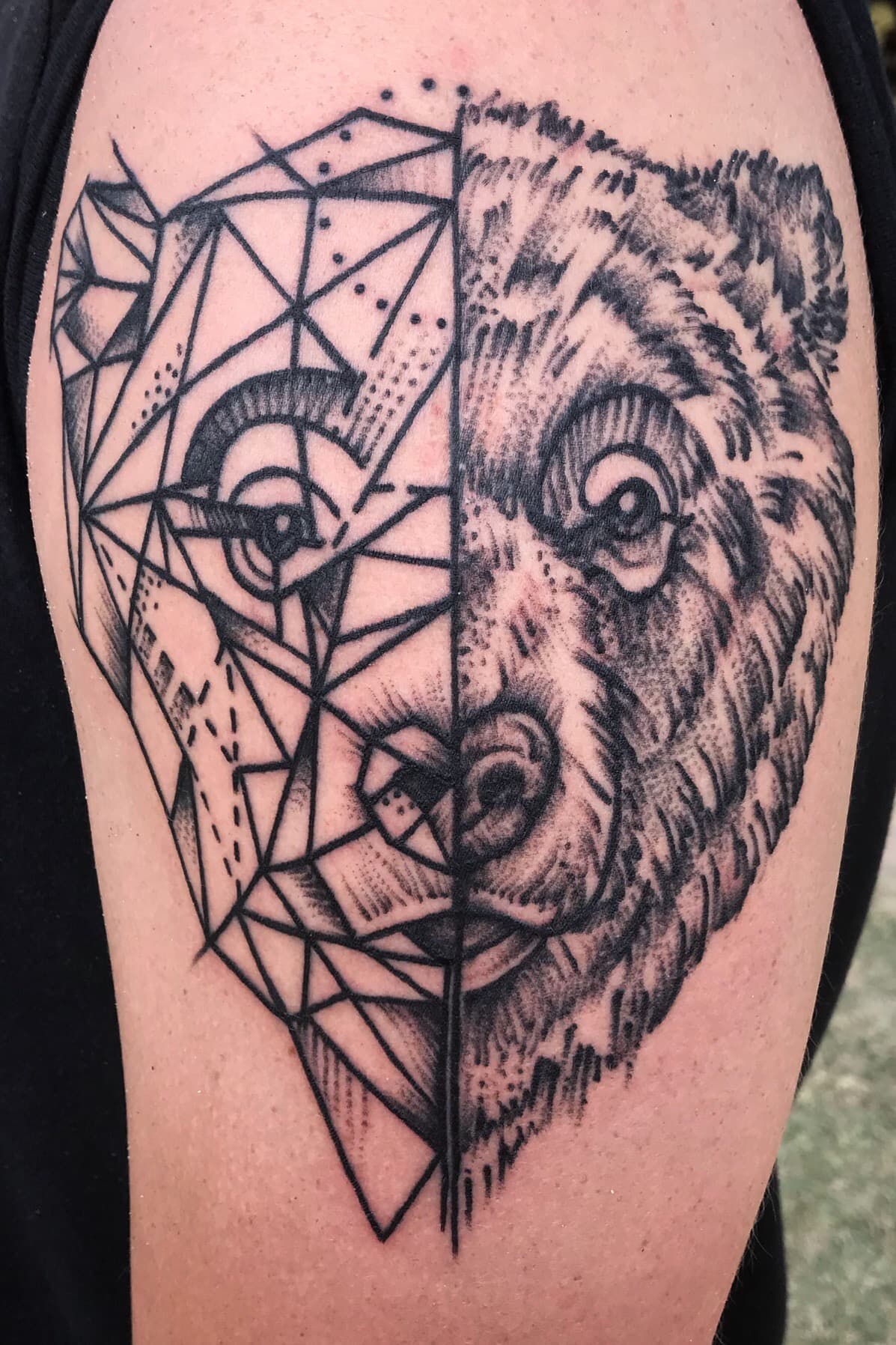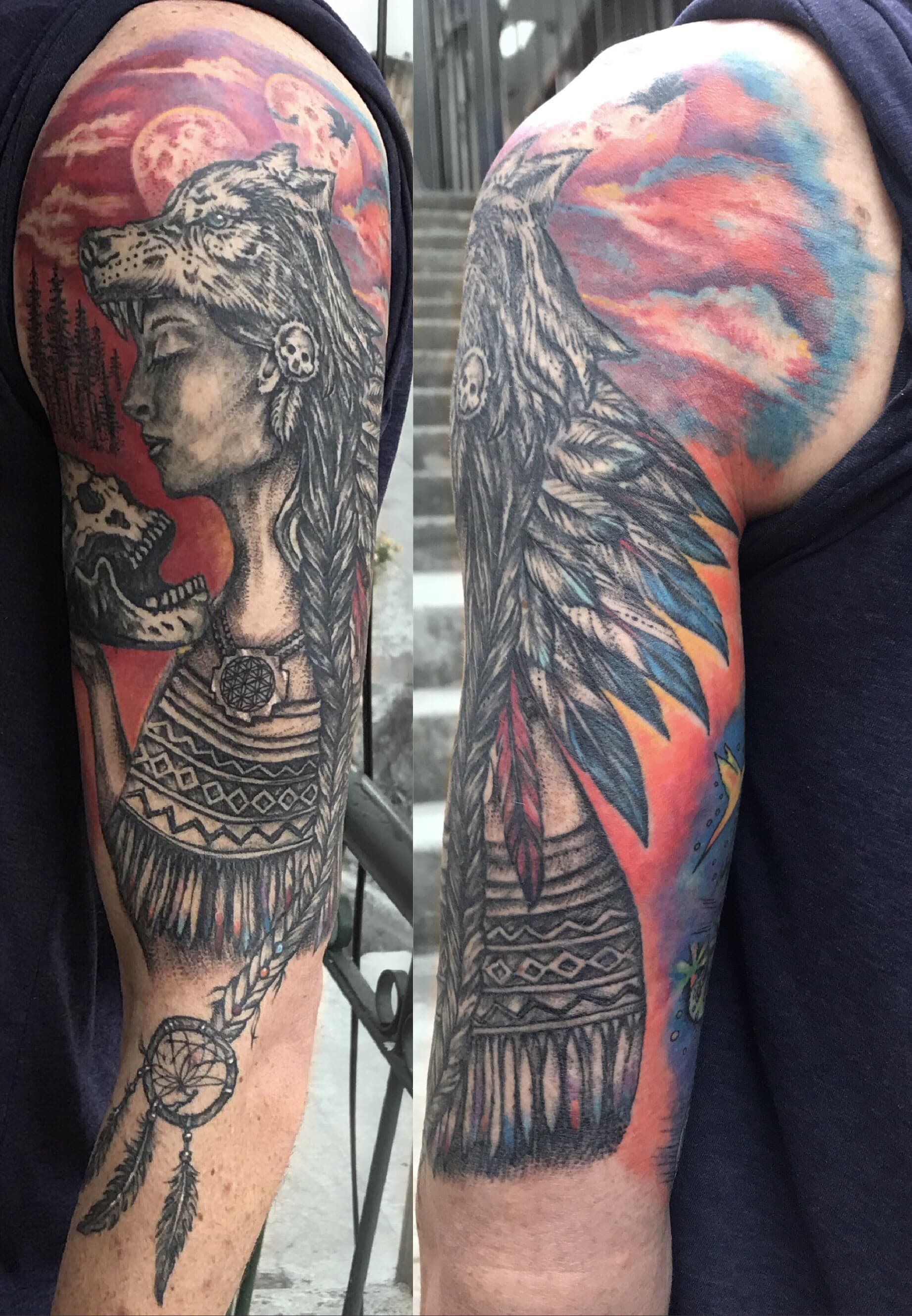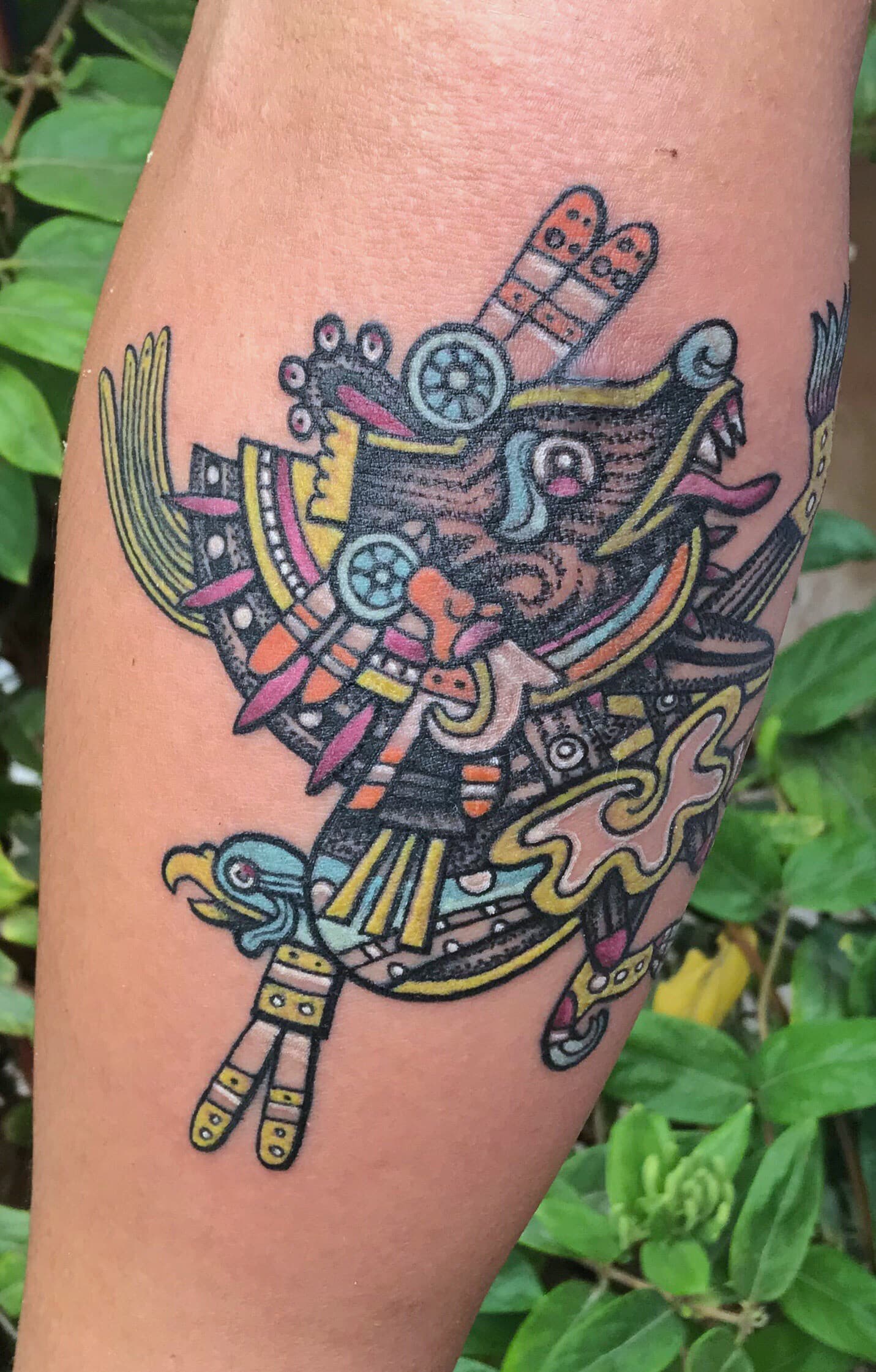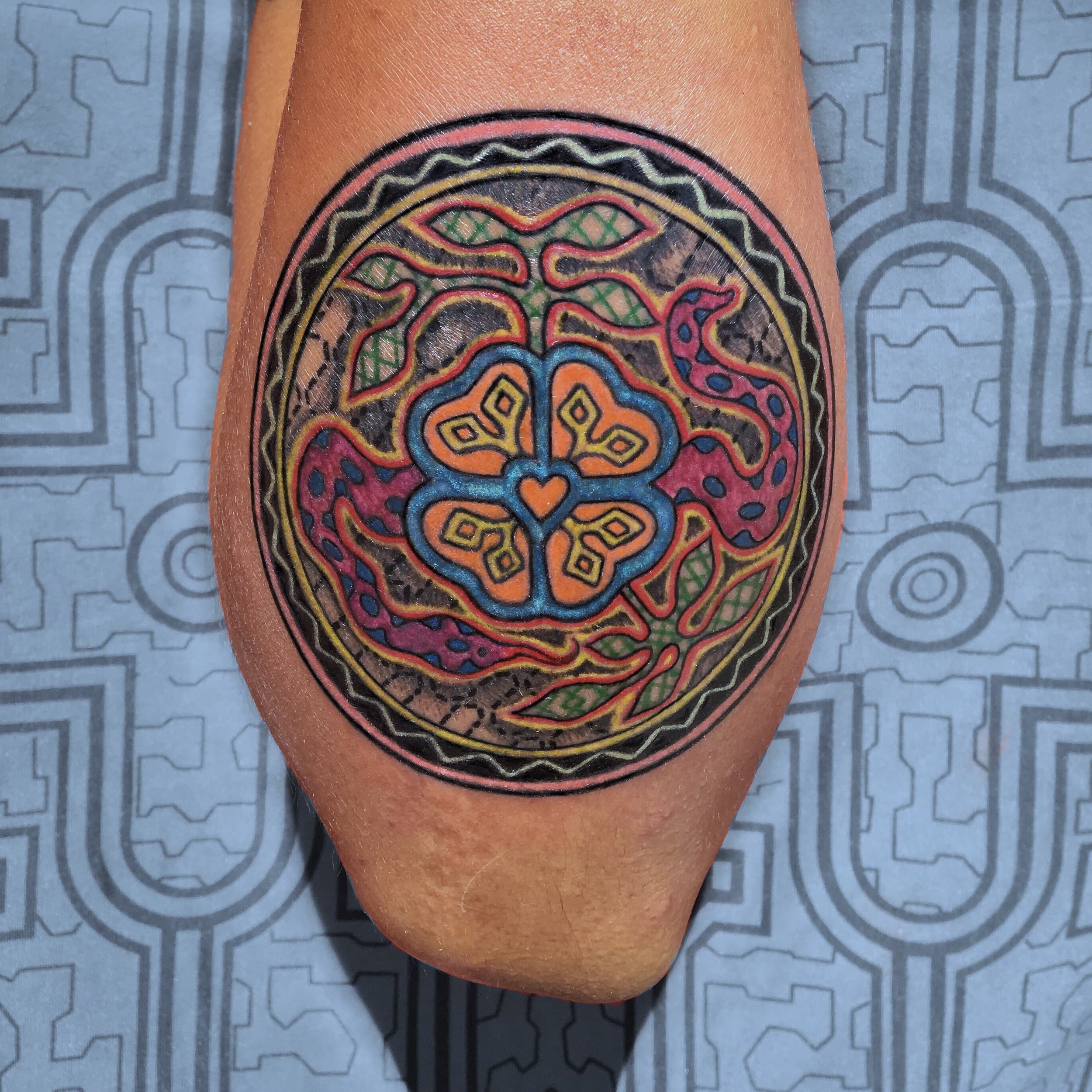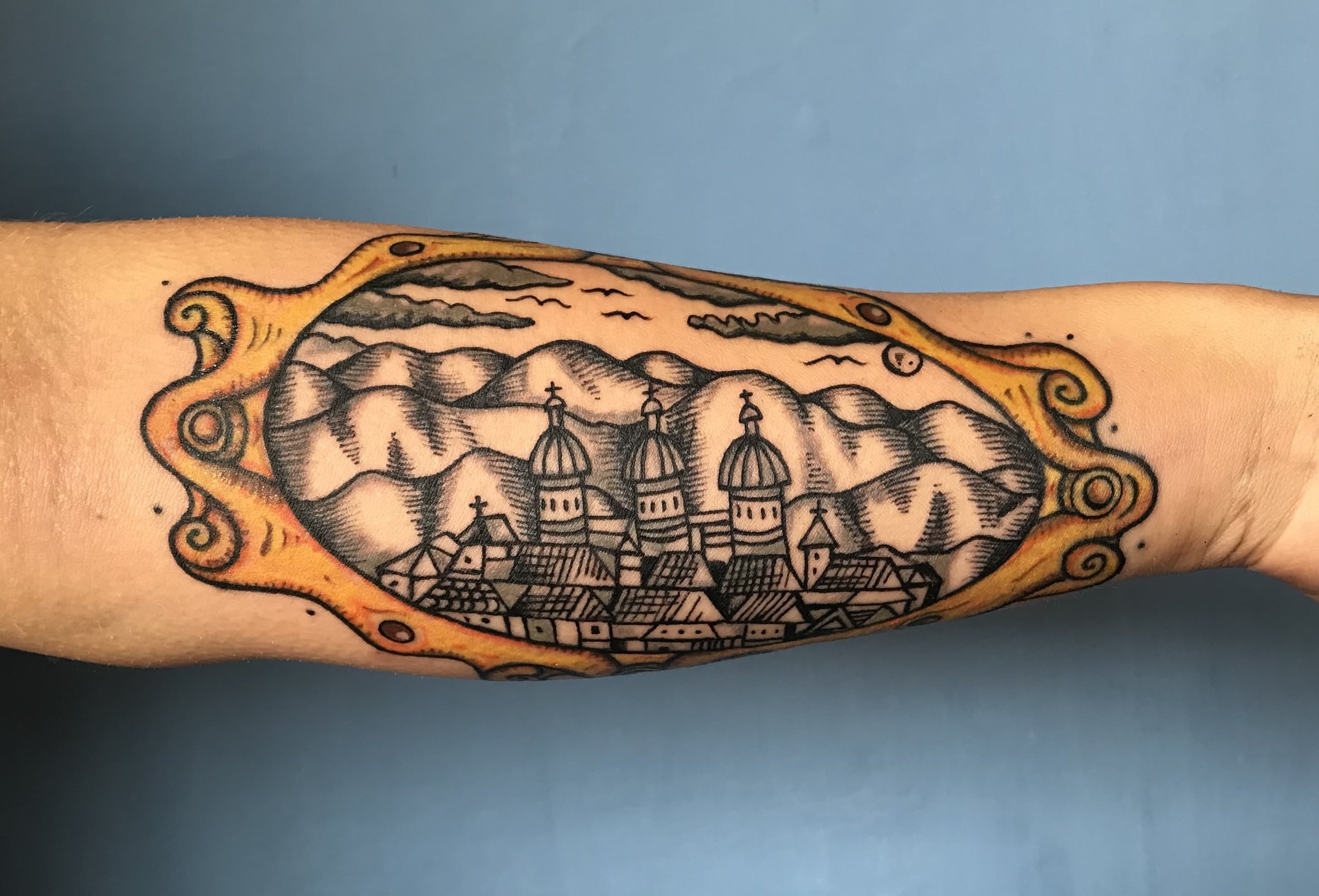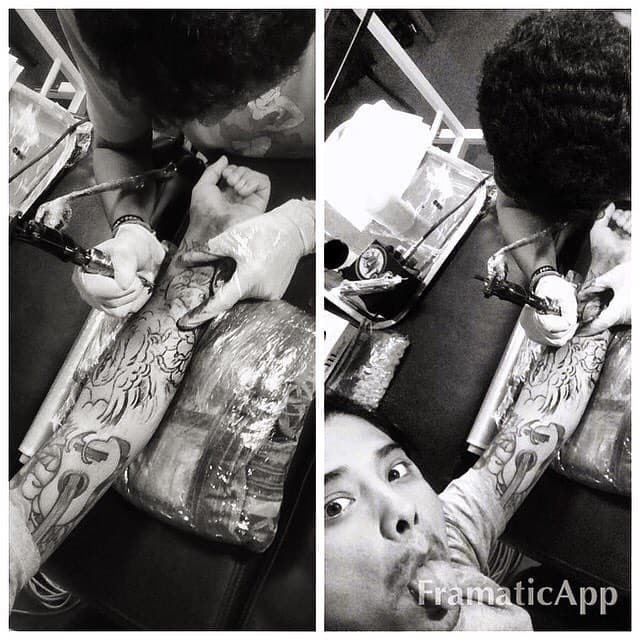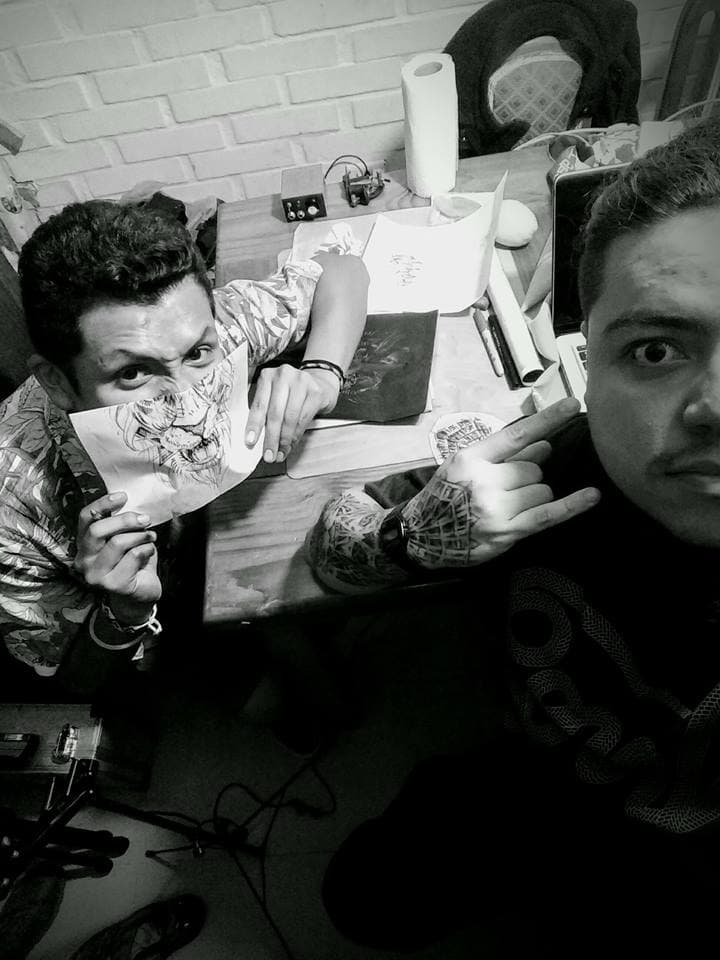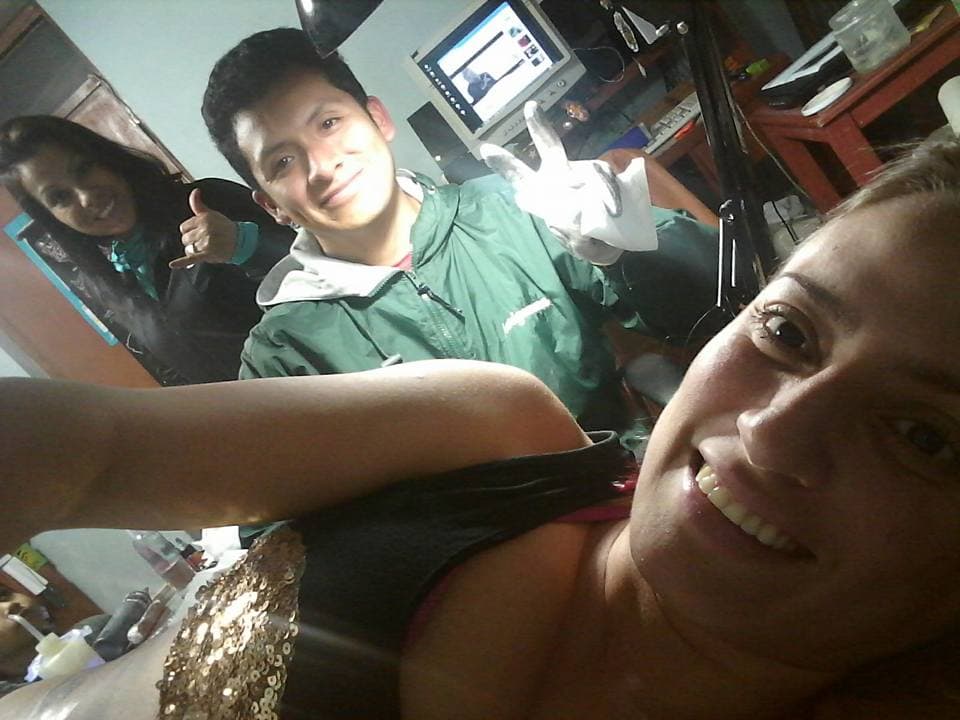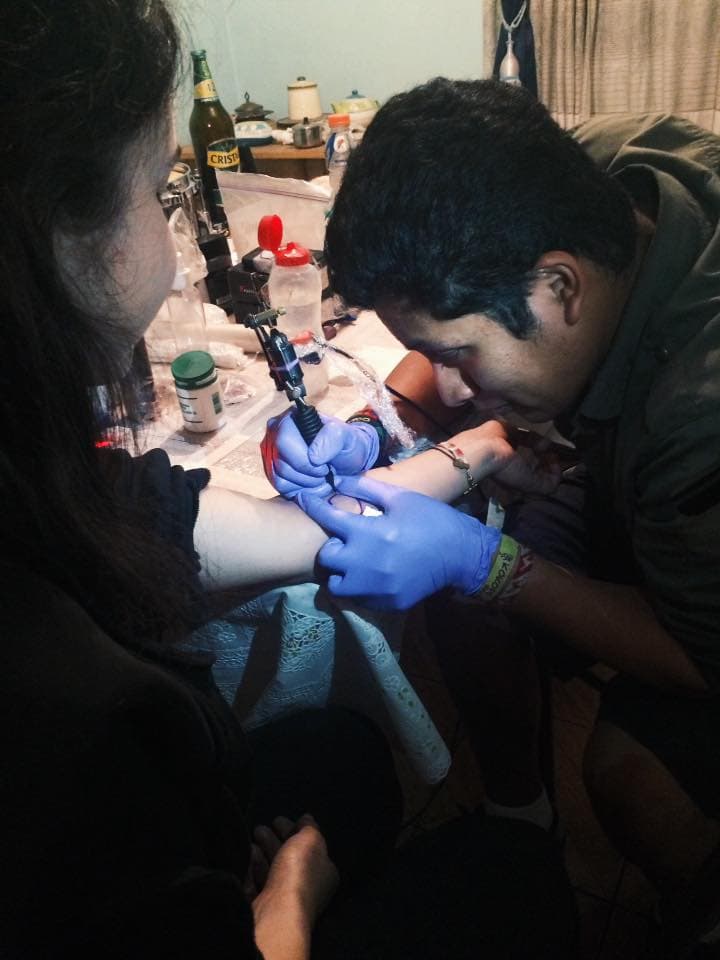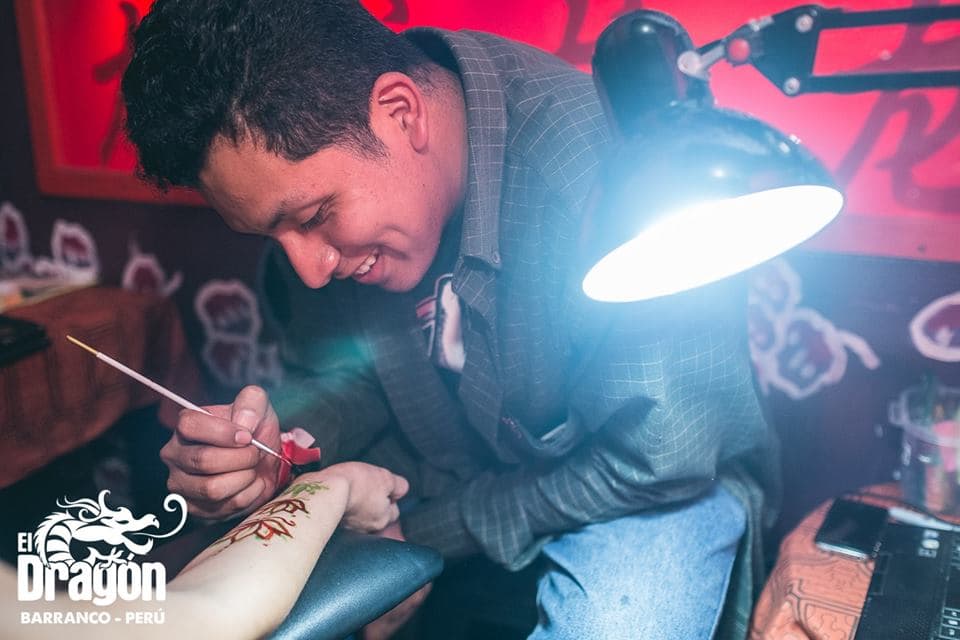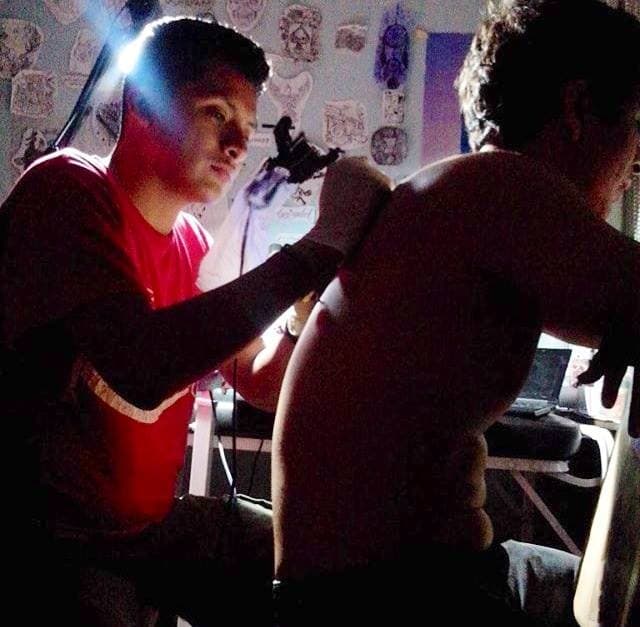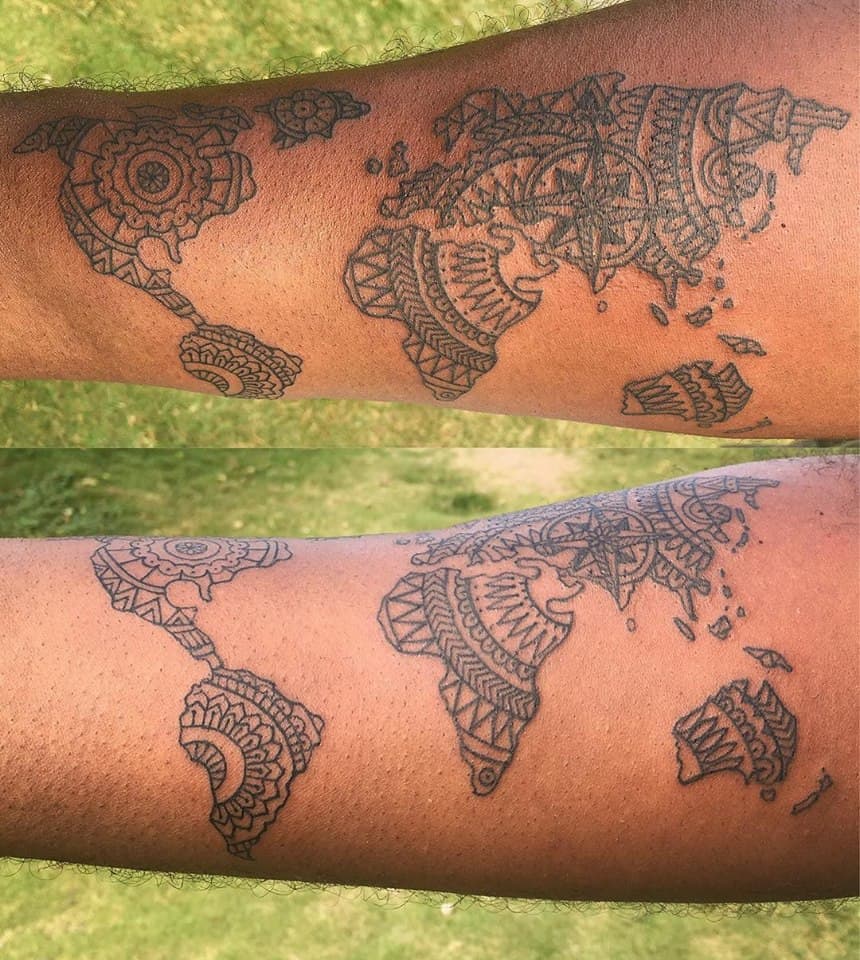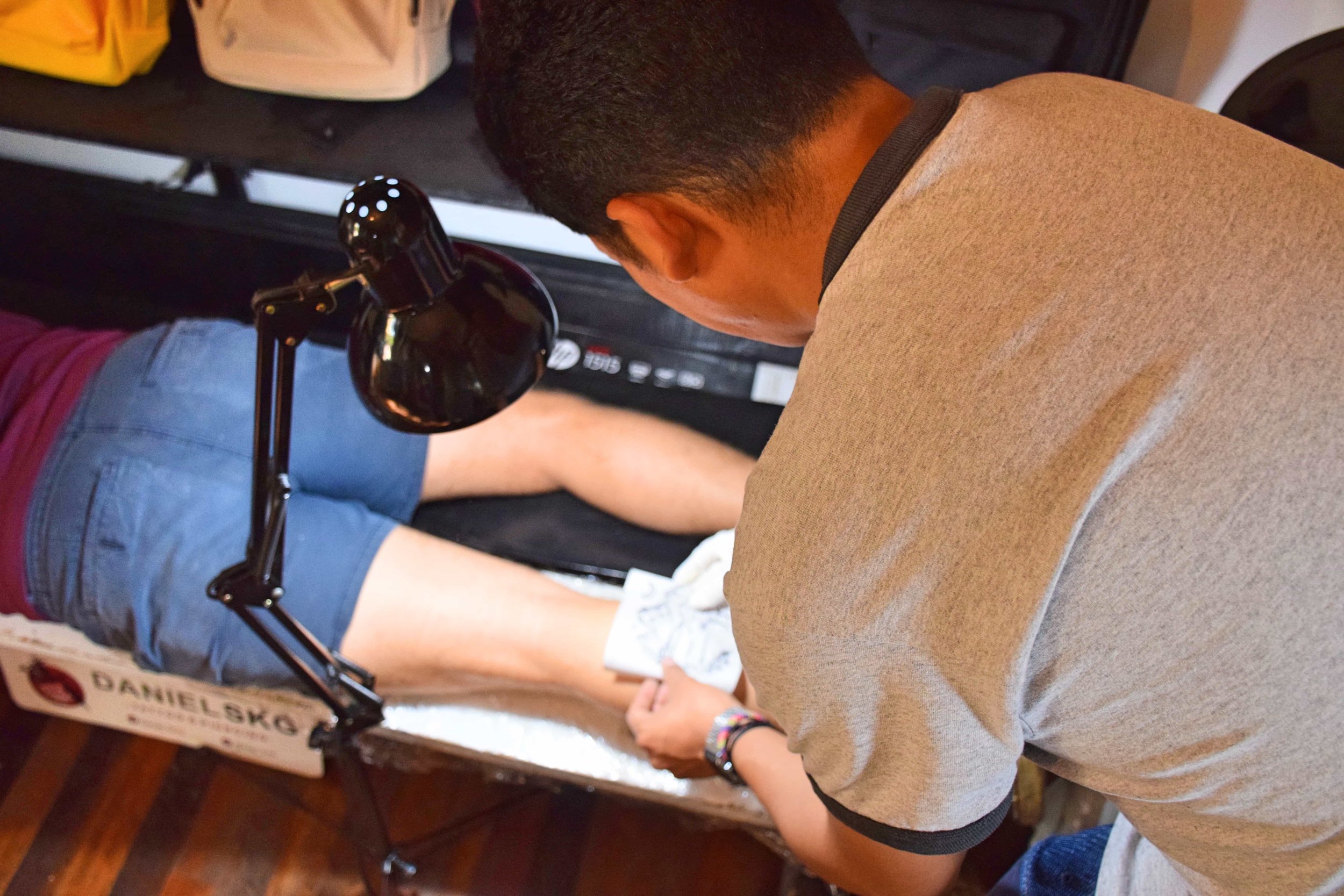If you want to worry less about the bureaucracy and enjoy more of your destination wedding, then make sure you know exactly what paperwork you need and where you need to submit it so you can get a marriage license in Vietnam.
Viewing entries tagged
new
Why Travel To Myanmar?
In late 2017, we decided to visit Myanmar for a two week Christmas/New Years vacation. We decided upon Myanmar, really, because it is a destination that not many tourists visit. For us, after being on the road for two years and exploring more than 17 countries in that time, the thought of going to an entire country that was "off the beaten path" was exhilarating. We had heard from many backpackers and expats that Myanmar was truly a gem of a country, hidden in plain sight of the world. From the welcoming government, the locals who will go out of their way to help you, to the mouthwatering food, lush nature, gorgeous temples and pagoda's, and amazingly cheap prices, Myanmar has it all.
You Went To Myanmar? Was It Safe?
When we got back from our trip, these were the questions we were constantly asked, from our family, friends, and other backpackers and expats. Let us cut straight to the chase, YES, Myanmar is a safe country to travel to and within.
Do You (we) Support The Rohingya Conflict?
No. Of course we don't support the terrible expulsion and treatment of an ethnic people. We wholeheartedly disagree with the way the country (or rather, military) of Myanmar is handling the situation and how the Rohingya people are being treated, detained, murdered, separated from their families, and expelled.
Detailed in the rest of this post, we explain the current Rohingya conflict and the role that both Myanmar and Bangladesh play. Additionally, we give a very detailed, albeit brief, history of the politics of Myanmar, and why you should travel to this amazing Southeast Asian country.
Current Political Conflict: Rohingya Persecution In Myanmar
The more than one million Rohingya Muslims are described as the 'world's most persecuted minority'.
Who are the Rohingya?
The Rohingya are a majority Muslim ethnic group, who have lived in Myanmar for hundreds of years.
Where in Myanmar are the Rohingya?
Nearly all of the Rohingya in Myanmar live in the western coastal state of Rakhine.
Where do the Rohingya come from?
During the time of British rule, many people migrated to the country for work. These laborers came from India & what is now known as Bangladesh. However, after gaining independence in 1948, the new government viewed the migration that took place during British rule as illegal and refused citizenship to many Rohingya.
What is the conflict?
Aung San Suu Kyi and her government does not recognize the Rohingya as an ethnic group or citizens, but rather as terrorists. In October of 2016, violence broke out between the Rohingya people and the military. The military accused the Rohingya of starting the violence by attacking and subsequently killing 9 police officers at a border outpost near the Bangladeshi border. The military responded to the 'terrorist' group much like the state of Israel reacts to attacks from Palestine - with brutal force, disregard for civilian life, and without fear of international response. Since 2016 the military has been accused of killing more than 1,000 Rohingya, displacing tens-of-thousands more, and burning entire villages to the ground, leaving the wounded to die in the blaze.
Why are the Rohingya stateless?
Myanmar: In 1982, Myanmar passed a new citizenship that specified and recognized 135 different ethnic groups - the Rohingya were not included. As a result of the law, their rights to study, work, travel, marry, practice their religion and access health services became restricted.
Bangladesh: Similar to the government of Myanmar, the Bangladeshi government also see's the Rohingya people as illegal immigrants. Most have never lived in Bangladesh and therefore are not legal citizens of the country.
What is being done to solve the problem?
Myanmar: Aung San Suu Kyi and her government entrusted former UN chief Kofi Annan with finding ways to heal the long-standing divisions in the region. However, many argue that this was just a way for Aung San Suu Kyi to "pacify the global public opinion and try to demonstrate to the international community that she is doing what she can to resolve the issue"...without actually resolving anything.
Bangladesh: Bangladesh has described the treatment of the Rohingya people in Myanmar as 'genocide', yet they are doing little to help or treat them any better. According to numerous news outlets, Bangladesh is refusing to let many Rohingya walk freely into the country. Their solution is to provide the Rohingya people a small, confined, holding camp, on an island that is prone to flooding and has even been called 'uninhabitable' by many Human Rights groups. Bangladesh has told Myanmar that they should "take their nationals back."
*It is important to note that Aung San Suu Kyi and her government do not have control or power over the military. The military acts independently from the rest of the democratically elected national government.
Understanding The Political History Of Myanmar
1824 - 1948: Myanmar, then called Burma, was ruled as a British colony.
1948: On January 4th, Burma achieved independence from Britain, and became a military ruled country, renamed the Union of Burma.
1989: The ruling military party changed the name of the country from Burma to Myanmar.
1990: General elections were held in Myanmar. The elections were won by Aung San Suu Kyi and her political party: the National League for Democracy (NLD). However, the military refused to recognize the results and continued to rule the country.
Aung San Suu Kyi
2008: After facing criticism from the West, Myanmar's military government agreed to rewrite the constitution and create the "Program of Reform," which allowed other political parties to participate in elections.
2015: Myanmar held elections again. The National League for Democracy won. Again, Aung San Suu Kyi was to become president.
However, Aung San Suu Kyi is constitutionally barred from being president. Why?
1) Both of her sons are British citizens & according to a clause in the constitution no-one with children of another nationality can be president.
2) The constitution demands the president must have military experience - Aung San Suu Kyi has no such military experience.
If Aung San Suu Kyi won the election, why can't they just make an amendment to the constitution, allowing her to take power?
During the rewrite of the constitution in 2008, the military specified that it would always retain 25% of seats in both houses of parliament allowing the military power to veto any move to change the constitution.
How does Aung San Suu Kyi have Presidential power if she isn't President?
The NLD won the election. Because Aung San Suu Kyi could not be President, all the party had to do was find another suitable and likable candidate to work side by side with her. It would be through him and his legitimate presidency, Aung San Suu Kyi would maintain power. She stated that she "would rule from above” (by proxy).
How Does The Conflict Effect You?
To put it simply, it doesn't.
Are you supporting the oppression of the Rohingya if you travel to Myanmar? No. The only money that you spend that could potentially fund the military and this conflict, would be the money you pay for your visa. Other than that, all the money you spend at restaurants, bars, souvenir shops, on buses, or accommodation will go directly to the locals and their respective companies, not the government or the military.
Can I go into the Rakhine state? No. Access to this area is restricted and secured with 'border' crossings. This includes the media.
Is the Rakhine state the only conflict zone? There are a small amount of Rohingya in other areas of the country but the Rakhine state is where the majority of them are located. If there is conflict in other areas of the country, it too will be restricted to media and tourists.
Do the citizens of Myanmar support the military or oppose the conflict? Like the military, Aung San Suu Kyi and her government do not recognize the Rohingya as an ethnic group or citizens. Most citizens tend to agree with her. However, you can find opinions on both sides of the political spectrum that support and denounce the way the Rohingya people are being treated.
"Are we willing to live together with them? Of course, if they truly want to integrate with the native people and are willing to sing our national anthem. No country will accept 1 million + of refugees, especially a third world country like Myanmar [otherwise]. We are disappointed at the world medias for portraying us as evil with their one sided biased news like this."
- Pyie Sone, Myanmar National
Locals of Nyaung Shwe
Valley in Nyaung Shwe
Why You Should Travel To Myanmar
Myanmar has the power to surprise and delight even the most jaded traveler. You will be absolutely amazed by Shwedagon Pagoda in Yangon, even if you feel you are 'templed out' after traveling Southeast Asia. Stand in awe of the more than 4000 sacred stupas that are scattered across Bagan. Take hundreds of photos while enjoying a long boat ride down Inle Lake to watch the 'fishermen' perform their unique craft. Fly high over the city of Mandalay or Bagan in a hot air balloon during sunrise, and explore the Golden Rock Pagoda or Mount Popa.
If you want to learn more about traveling to or within Myanmar, check out our Myanmar Country Guide.
We give you a breakdown of how to enter the country & how to get around once you're there, what are the most popular things to do and see, accommodation recommendations, a budget breakdown, and some travel tips and helpful hints for this country.
Inle Lake
Locals of Yangon
Shwedagon Pagoda, Yangon
“This is Burma...quite unlike any land you know about”
- Rudyard Kipling in Letters from the East
Itching For More Information About Southeast Asia?
Whether you have one day or two weeks to travel, our Singapore city guide covers the must see sites, local food recommendations, where to stay, how much the city will cost, an example itinerary, and how to get around the city - including how to get to and from the airport.
Whether you have two days or two weeks to travel, our Varanasi, India city guide covers the must see sites, local food recommendations, where to stay, how much the city will cost, an example itinerary, and how to get around the city - including how to get to and from the airport, bus and train stations.
It can be a rare experience to have the opportunity to chase your ancestors and family history in the town in which your family came from. I had this once in a lifeime chance in the summer of 2017 when I travelled to Pomarico, Italy to meet my long lost famiglia and bridge the gap between our long lost family.
Whether you have two days or two weeks to travel, our Laos country guide covers the must see sites, local food recommendations, where to stay, how much the city will cost, an example itinerary, and how to get around the city.
Whether you have two days or two weeks to travel, our Chengdu, China city guide covers the must see sites, local food recommendations, where to stay, how much the city will cost, an example itinerary, and how to get around the city - including how to get to and from the airport.
With so much ground to cover in the Angkor archeological park it’s best to have a clear plan, knowing which sites are the most recognizable, the most overrun by the forrest, and the least touristy. Our easy guide for the cheapest way around Angkor, Cambodia and the best places to snap a photo is built from an actual budget detailing the costs for visiting Angkor and the best circuit to take.
Whether you have two days or two weeks to travel, our Da Nang & Hoi An city guide covers the must see sites, local food recommendations, where to stay, how much the city will cost, an example itinerary, and how to get around the city - including how to get to and from the airport.
This Taj Mahal guide covers the everything you need to know about this wonder of the world. Taj Mahal ticket price, best places to take photos of the Taj Mahal during sunrise and sunset, local food recommendations, where to stay in Agra, and how to get around the city - including how to get to and from the airport, bus and train stations.
Finding the funds to further your travels on the road takes some ingenuity. You can work in hostels, bartend for extra cash, blog, or teach English, but one of the most creative initiatives we’ve seen to make money on the road comes from the industry of art.
“Tat-tourism, that’s the word when you travel and tattoo,” Daniel SKG says. “I am a tat-tourist.”
Daniel SKG
Tom and I first met Daniel at a hostel in Paracas, Peru where we were working in exchange for accommodation. The whiteboard near the bar read "Traveling artist, Tattoos, line and dot work." We were amazed and intrigued by the prospect of someone making money by traveling and tattooing. But why Paracas? It's a desolate port town with only two tourist attractions. Both of which can be checked off the list in one day.
“I’ve set up in bars, at a friend's house, in the basement of a hostel, and out on the patio of a place in Cusco,” Daniel says. “When people come in, they say ah, I (have) never (seen) someone tattooing at a hostel before!”
Exactly. Daniel and others occupying the niche tat-tourism industry are turning heads and making their mark by being present in unlikely places. The job of a tat-tourist is just as you would imagine: bring images to life from paper to flesh for a rotation of eager clients in a mobile workspace. By bringing art to the forefront of the backpacking community, both parties are getting a good deal. Artists make money and travelers get a clean and professional, often commemorative, tattoo. Their market is huge.
Daniel’s journey to tat-tourism began in his hometown of Lima. From comic sketches as a kid to years of collective images and graphics, Daniel has always been bound to art. The experience of an apprenticeship in 2009 liviend his curiosity toward the boundaries of creativity, but it wasn't until he joined a band, as the drummer, that he approached the tattoo culture with serious dedication.
“I discovered tattoos through music... The first tattoo that inspired me was Anthony Kiedis (lead singer of the Red Hot Chilli Peppers) it was a big owl,” Daniel says. “It was huge. All the lines perfect. Totally bold, impressive.”
He goes on to describe the body canvas of Travis Barker, Tommy Lee, Brandon Boyd and other rock stars that have dedicated their skin to the artwork of others. Daniel’s connection to music, to funk specifically, was the initial reason he wanted to travel, to explore outside of Peru. The funk scene in places like Santiago, Chile, a three-hour plane ride away, intrigued him, but he needed money to get there.
“You meet a lot of other people doing things, people that dance earning money at the traffic lights, musicians traveling and making money playing in bars, in the metro, on the street,” Daniel says. “I feel so lucky that I can travel anywhere (tattooing) and mak(ing) money.”
Daniel’s met people from Egypt, Latvia, Finland, the USA, Germany, and of course Chile, to name a few. He says that he loves meeting people he can learn something culturally from and people he can practice his English with. As an artist, Daniel is driven by a variety of styles and is favorable to flat art with elements of Japanese influence. He says they don't fade. He wants to mix in more dot work and psychedelic elements, mandalas, and interwoven patterns. He's growing more confident, expanding his creativity, and finding his footing as a tat-tourist.
When we met up with Daniel the second time, it was in Santiago, Chile and he was outside on a bench sketching a tattoo idea for Josh, a client from our hostel. Josh showed Daniel a photo of a mountain range and asked for the tattoo to represent his time in Chile. Daniel began to draw—with his eyes closed.
“I close them for two reasons: to focus and also to see abstract lines that help me continue with the drawing,” Daniel explains. “People usually ask if I need to use glasses, but I just do that to focus.”
We were impressed by the process. Daniel’s incredibly talented for his level of modesty and his patience is something to be admired. He’s meticulous about each step from drawing, to transfer and finally tattooing. The process is almost ritualistic, and he doesn't falter in recognizing the permanence of each line—it has to be perfect. The process takes hours and with only one client for the day Tom and I wondered how the hell he was making any money.
“Sometimes I survive, sometimes I’m good,” Daniel says, “but as you know when you’re traveling, there can be problems that arise that cost money."
Daniel's work starts at roughly $50 for a coaster size tattoo all the way up to $150-$200 hundred dollars for fuller pieces. He can usually take on two clients in one day, but there’s no guarantee. The money stretches in a country with a cost of living being around $17/day, but his want to travel means more work, more consistency, and different locations.
"In Chile, funk saved my life," he says. "When I had trouble with money, all my funk friends wanted tattoos. Then I started making money.”
Daniel started gaining a following and picking up more opportunities after finding a community of musicians and artists in Santiago. He even began consistently tattooing at a club in Lima every Saturday. For now, he takes small trips from Lima rather than long-haul adventures so that he can build up enough to travel abroad. He hopes to visit more of South America, and eventually travel through Europe—tattooing and traveling.
“For sure I want tattoo all my life. For sure I want to make music all my life, and for sure I want to travel all my life.”
To follow Daniel’s tat-tourist journey, which has landed him in Spain as of 2018 making €2000 ($2,300/month) as a tat-tourist, you can find him at @SKG_Funk.
Itching For More?
You can take a direct bus from Varanasi, India to Kathmandu, Nepal for a fraction of the flight cost. In this guide we’ll help you plan your journey over the Sunauli border crossing, provide a packing list, and prepare you for an adventure in Nepal.
Whether you have two days or two weeks to travel, our New York City guide covers the must see sites, local food recommendations, where to stay, how much the city will cost, an example itinerary, and how to get around the city - including how to get to and from the airport.
We breakdown the 6 most common beliefs about traveling during the monsoon season and tell you whether they’re true or false.
This Phong Nha Cave guide covers the everything you need to know about this small city and the Phong Nha Caves. Cave ticket prices, best caves to explore, a few local food recommendations, where to stay in Phong Nha, and how to get around the city - including how to get to and from the airport, bus and train stations.
Making money in any regard takes dedication and a good job. But what if you're job is traveling? How can you turn profits while backpacking? We've done it through a number of different aspects from being digital nomads, blogging, bartending, and now teaching in Southeast Asia.
How to plan and enjoy the high class vineyards in Marlborough without having to spend too much money. Taking a self-guided bike tour of Blenheim and Renwick New Zealand is the best way to experience the magic of vine to wine.
Whether you have two days or two weeks to travel, our Jodhpur, India city guide covers the must see sites, local food recommendations, where to stay, how much the city will cost, an example itinerary, and how to get around the city - including how to get to and from the airport, bus and train stations.
Southeast Asia offers an opportunity for tourists to responsibly interact with elephants. Visitors can contribute to the well-being and safety of these animals through the right locally run sanctuaries. Booking the best Elephant tour in Chiang Mai means looking for tours that advertise no riding, no hooks, and no chains.
Whether you have two days or two weeks to travel, our Udaipur, India city guide covers the must see sites, local food recommendations, where to stay, how much the city will cost, an example itinerary, and how to get around the city - including how to get to and from the airport, bus and train stations.
























